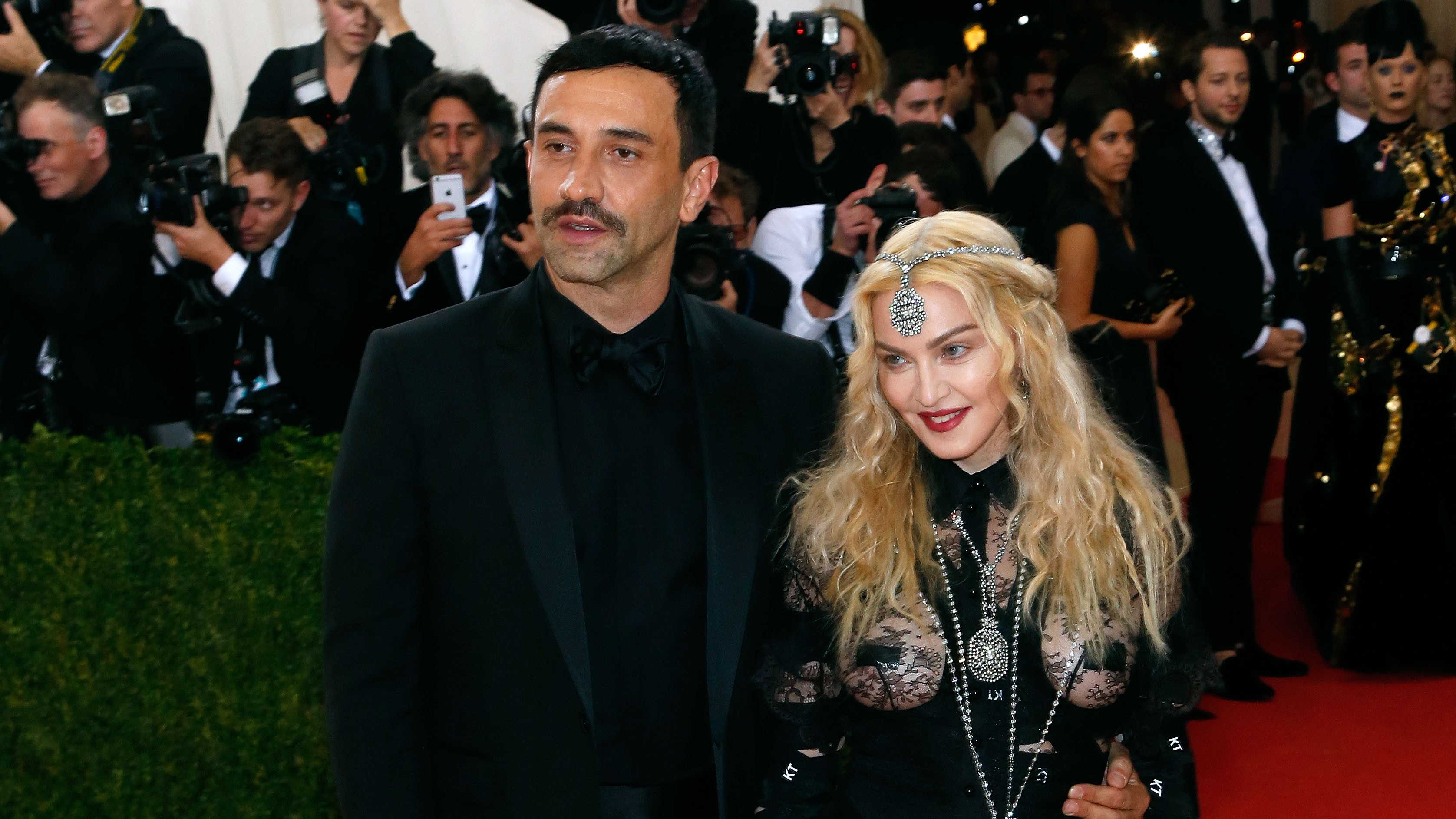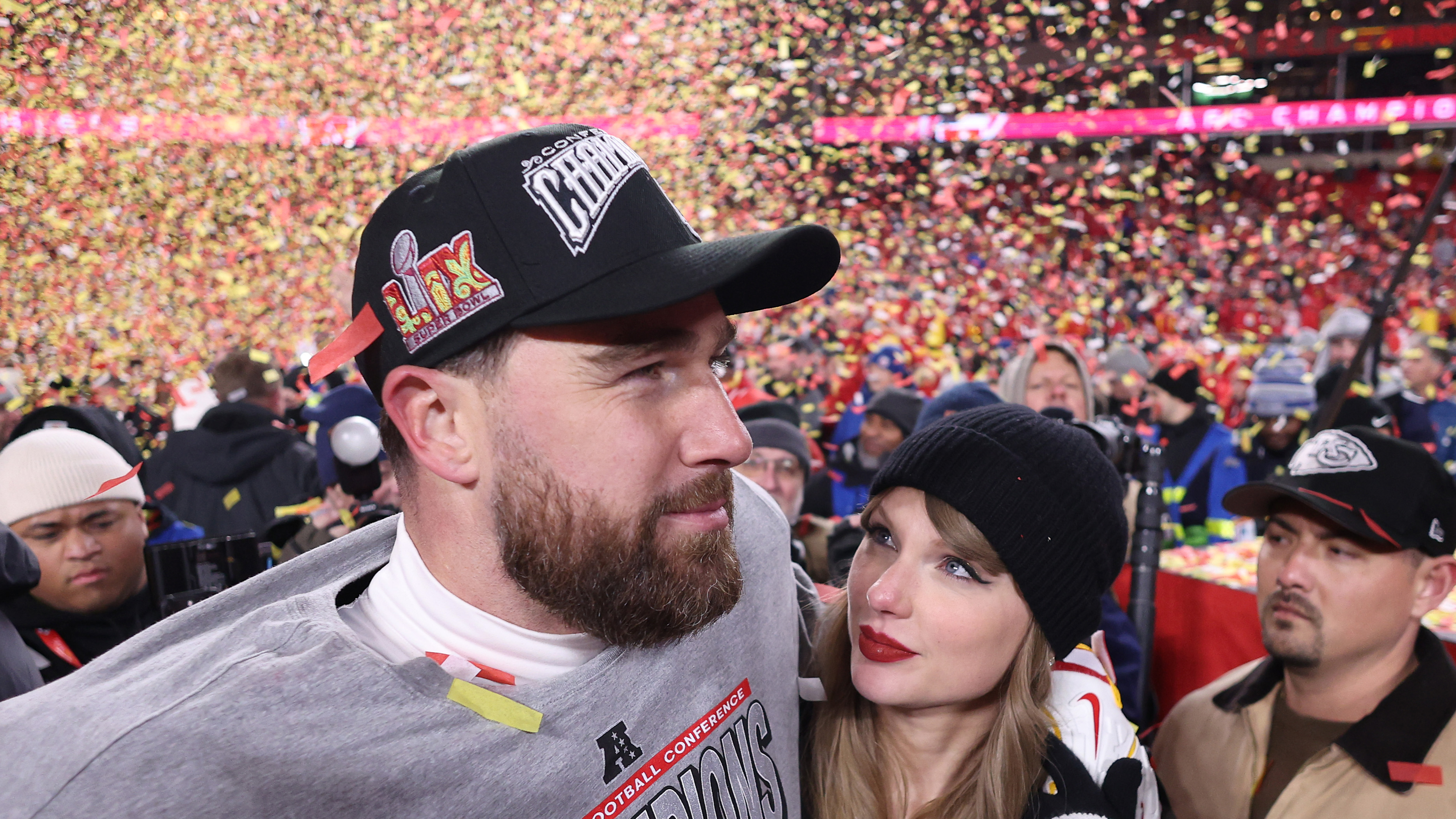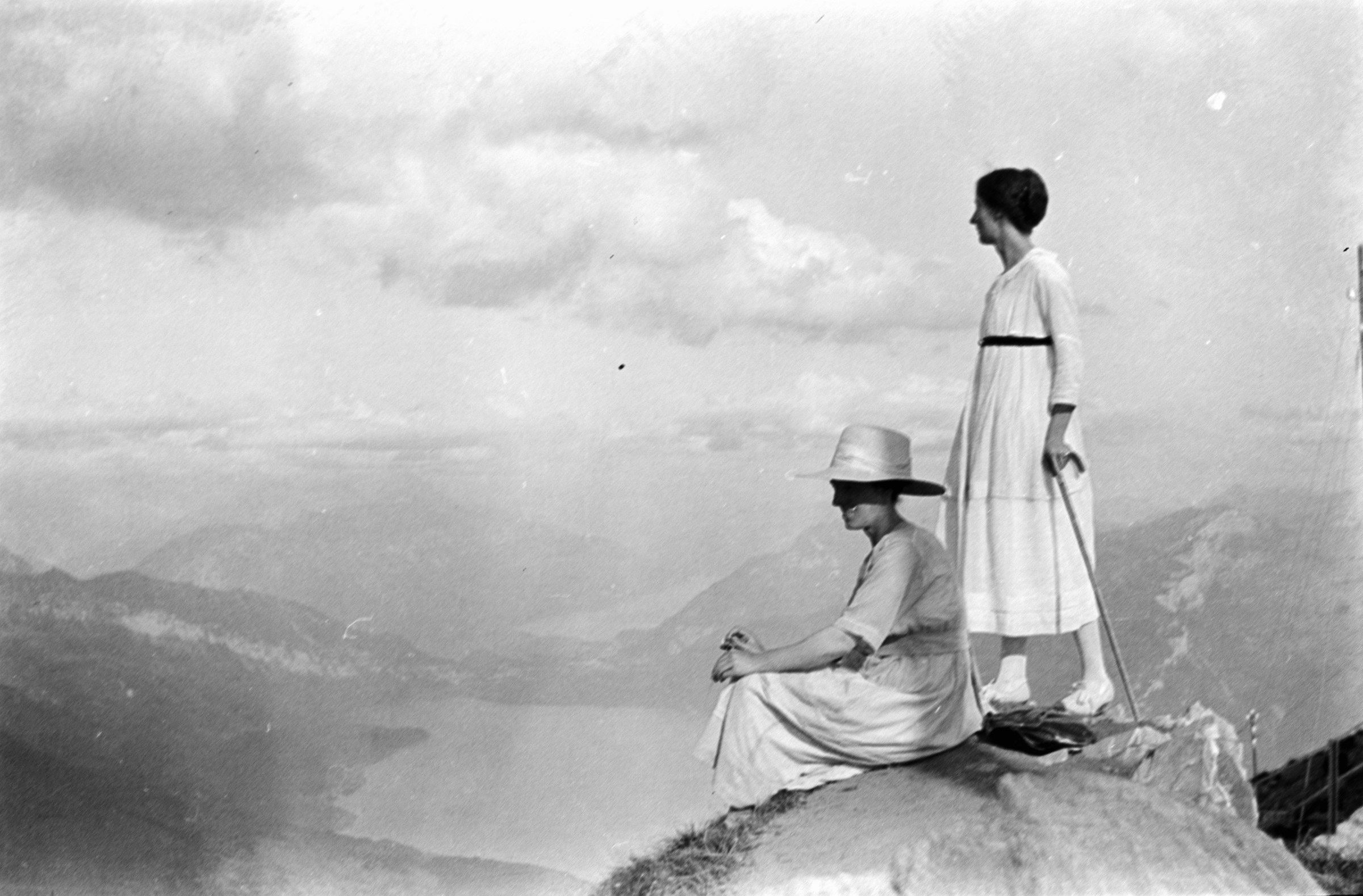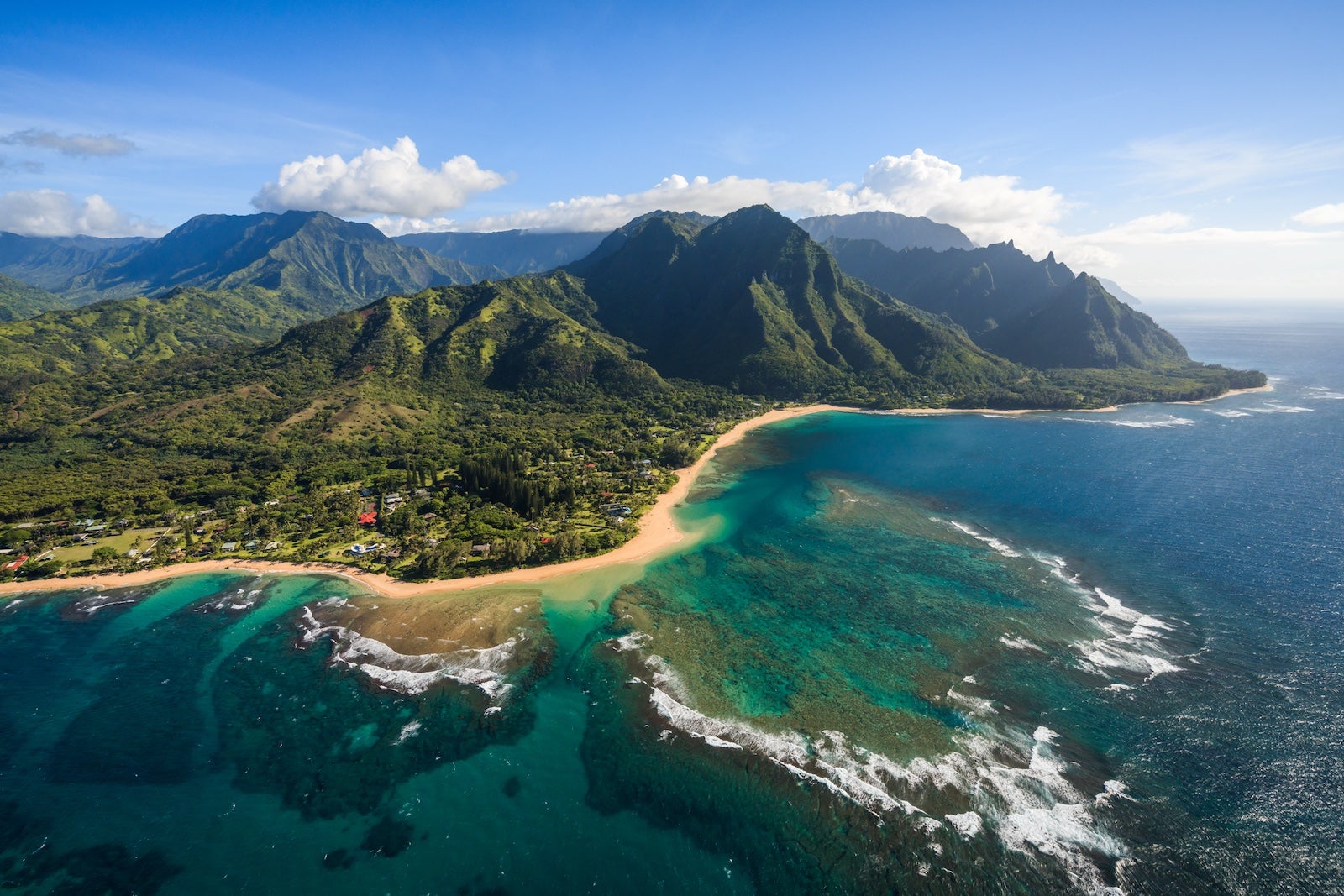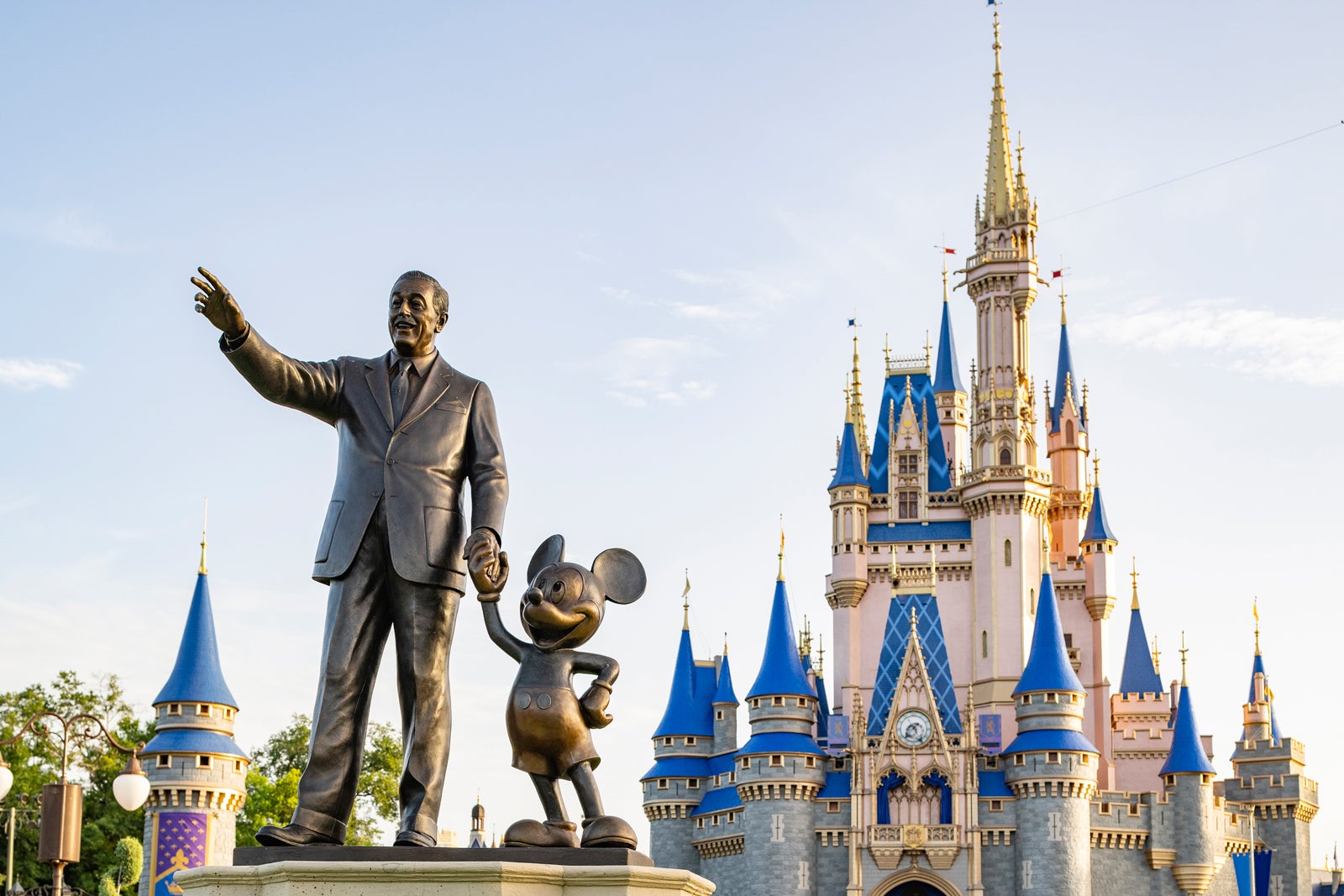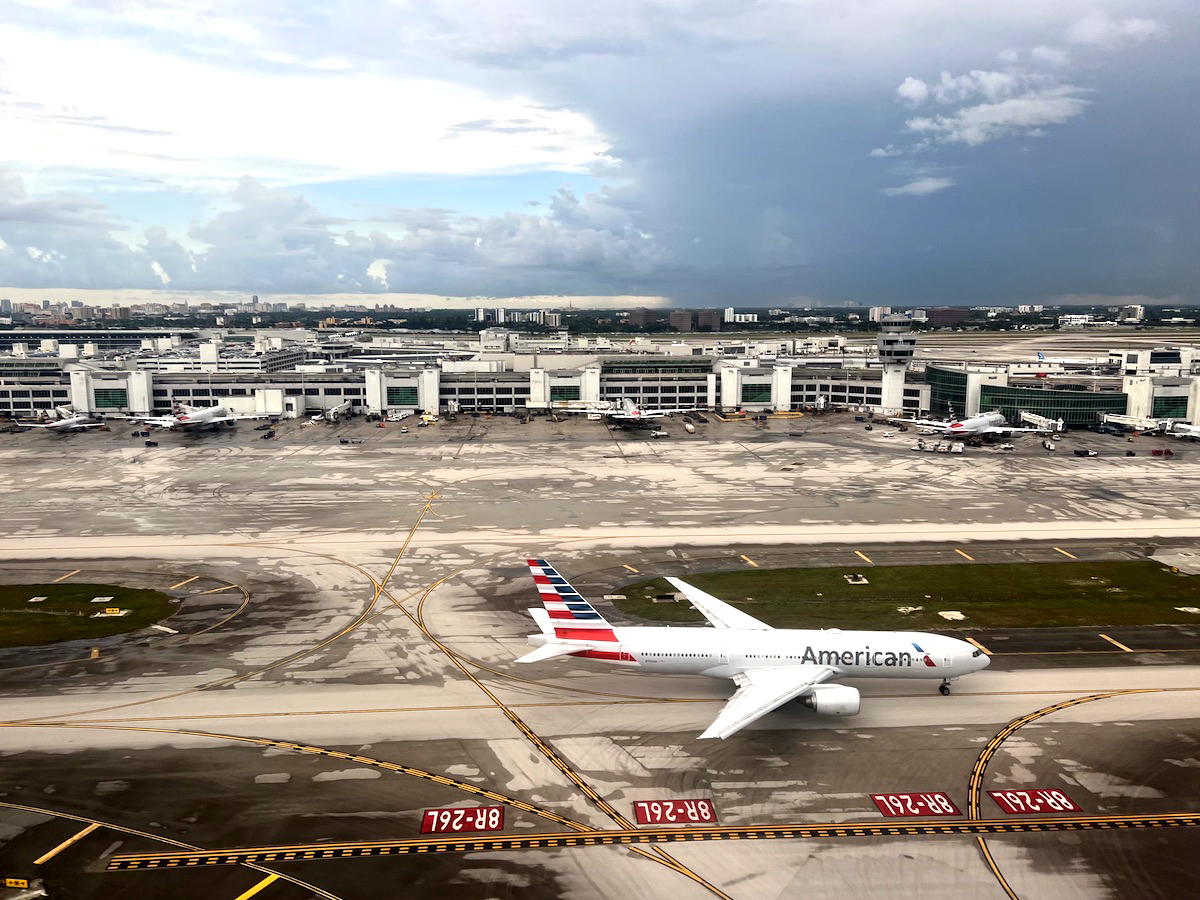Black Hawk & American Eagle Crash: Shocking Investigation Details Revealed
On January 29, 2025, we saw the tragic collision of an American Eagle CRJ-700 and Black Hawk helicopter near Washington National Airport (DCA), claiming 67 lives. This was the first fatal commercial aircraft crash in the United States since 2009, so suffice it to say that this made a lot of people uneasy.

On January 29, 2025, we saw the tragic collision of an American Eagle CRJ-700 and Black Hawk helicopter near Washington National Airport (DCA), claiming 67 lives. This was the first fatal commercial aircraft crash in the United States since 2009, so suffice it to say that this made a lot of people uneasy.
In the few months since the accident, we’ve gotten more and more details about what happened. While we’re still awaiting the final report from the National Transportation Safety Board (NTSB), The New York Times has just published the most comprehensive summary of events up until this point. This is based on public records, interviews with more than 50 aviation experts and officials, and more.
There are some really unfortunate errors that were made, though more than anything, this is a reminder of how many factors contribute to your typical aviation accident. Let’s look at this in two parts — the problematic performance of the Black Hawk helicopter pilot, and then all the other factors that contributed to this.
The Black Hawk helicopter pilot made major mistakes
There were three people onboard the Black Hawk helicopter, and the night of the accident, they were conducting a practice flight scenario where government officials needed to be carried out of the nation’s capital during an attack.
Captain Rebecca Lobach, who joined the Army in 2019, was the highest ranking soldier on the helicopter, and she was the one being examined. Next to her was Chief Warrant Officer 2 Andrew Loyd Eaves, who was acting as her instructor, and had flown more than twice as many hours as her, over time. The third person onboard was there to help with equipment and other technical issues, and he sat in the back.
The airspace around Washington National Airport is extremely congested, and when it came to the Black Hawk piloting, two things directly contributed to the accident:
- At the time of the accident, the helicopter was supposed to be flying at under 200 feet, but wasn’t
- The helicopter was supposed to maintain visual separation with the jet (which obviously didn’t happen)
So, how did that not happen? This is where the details are really concerning. For one, the helicopter was too high, despite the Warrant Officer repeatedly bringing this to the attention of the Captain:
As the helicopter approached the Key Bridge, from which it would fly south along the river, Warrant Officer Eaves stated that it was at 300 feet and descending to 200 feet — necessary because the maximum height for its route closer to the airport had dropped to 200 feet.
But even as it reached that juncture, Warrant Officer Eaves evidently felt obligated to repeat his instruction: The Black Hawk was at 300 feet, he said, and needed to descend.
Captain Lobach said she would. But two and a half minutes later, the Black Hawk still was above 200 feet — a dangerously high level.
Even if the helicopter wasn’t at the right altitude, how exactly did they fly straight into an aircraft, when they were supposed to maintain visual separation?
Instead of seeing and avoiding Flight 5342, Captain Lobach continued flying straight at it.
Investigators might never know why. There is no indication that she was suffering from health issues at the time or that a medical event affected her during those final moments aboard the Black Hawk, according to friends and people familiar with the crash investigation, which included autopsies and performance log reviews.
Two seconds after the controller’s cut out instruction about passing behind the jet, Warrant Officer Eaves replied, affirming for the second time that the Black Hawk saw the traffic.
“PAT two-five has the aircraft in sight. Request visual separation,” he said.
“Vis sep approved,” the controller replied.
It was their last communication.
The Black Hawk was 15 seconds away from crossing paths with the jet. Warrant Officer Eaves then turned his attention to Captain Lobach.
He told her he believed that air traffic control wanted them to turn left, toward the east river bank.
Turning left would have opened up more space between the helicopter and Flight 5342, which was heading for Runway 33 at an altitude of roughly 300 feet.
She did not turn left.
Of course hindsight is 20/20, but it’s mind-boggling how there was such a communication breakdown, and I imagine the NTSB is investing that in great detail.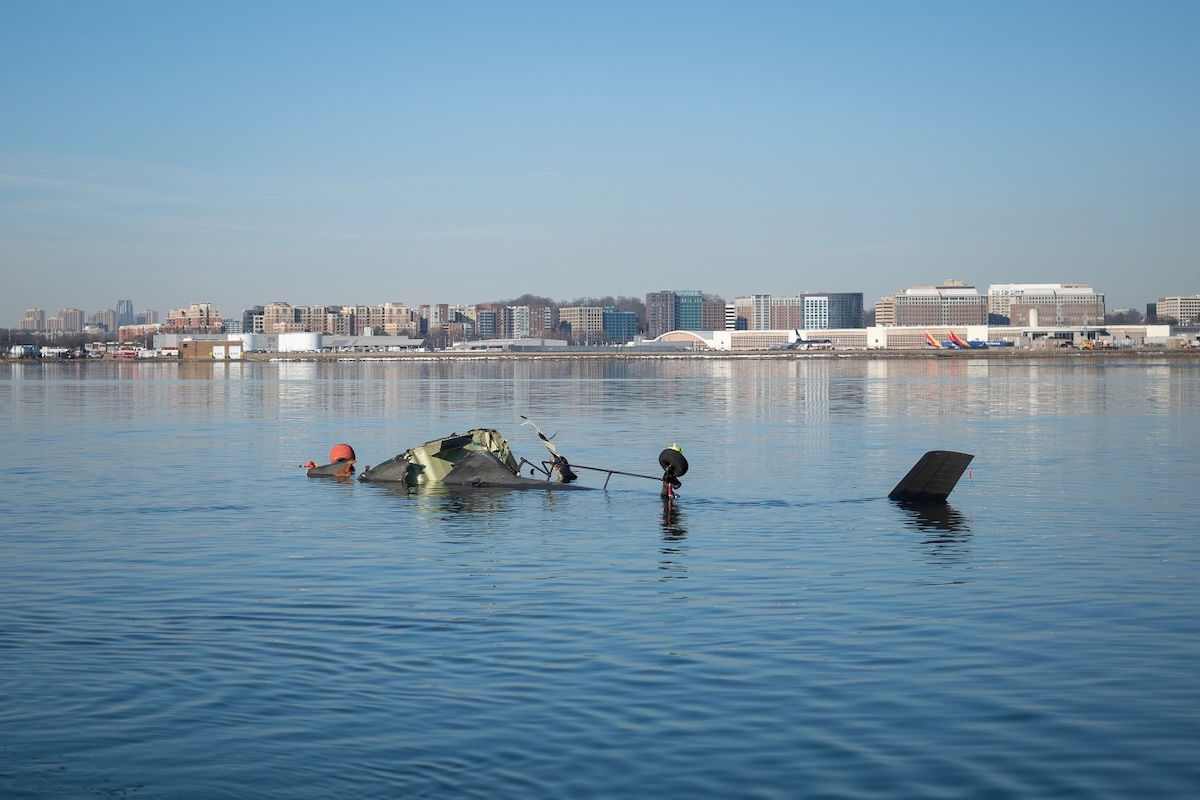
That was far from the only cause of the accident, though
The Swiss cheese model of accident causation is a model used in risk analysis and risk management. The industry learns from every accident, and that’s why a lot of things have to go wrong for an accident to happen. There’s a reason that close calls outnumber actual accidents by a wide margin.
In this case, there were even more factors at play than usual. Among other things:
- The helicopter wasn’t transmitting ADS-B data, due to the confidential nature of these flights, and as a result, air traffic controllers couldn’t watch the helicopter’s position on radar in real time (instead they had to rely on the transponder, which only refreshes every 5-12 seconds)
- Due to the amount of congestion at the airport, the American Eagle jet was given instructions to land on runway 33 at the very last minute, in what’s known as a squeeze play; that runway is only very rarely used by commercial jets, and also has a particularly narrow vertical space between the landing slope for a jet and the maximum altitude at which helicopters can operate
- Since the runway is only rarely used for commercial jets, it’s possible that the helicopter pilots had made visual with the wrong aircraft, since they might not have understood the plane was in this corridor
- The air traffic control tower was short staffed, with the controller overseeing this flight assuming combined duties at the time of the accident
- Due to the number of transmissions on frequency, some of the instructions may not have been heard correctly by the Black Hawk pilots, as transmissions were blocking one another out
- Arguably helicopter operations shouldn’t be happening in such close proximity to an airport; it shouldn’t be that 100 feet potentially separates a helicopter flying around the area from a jet on final approach to an airport
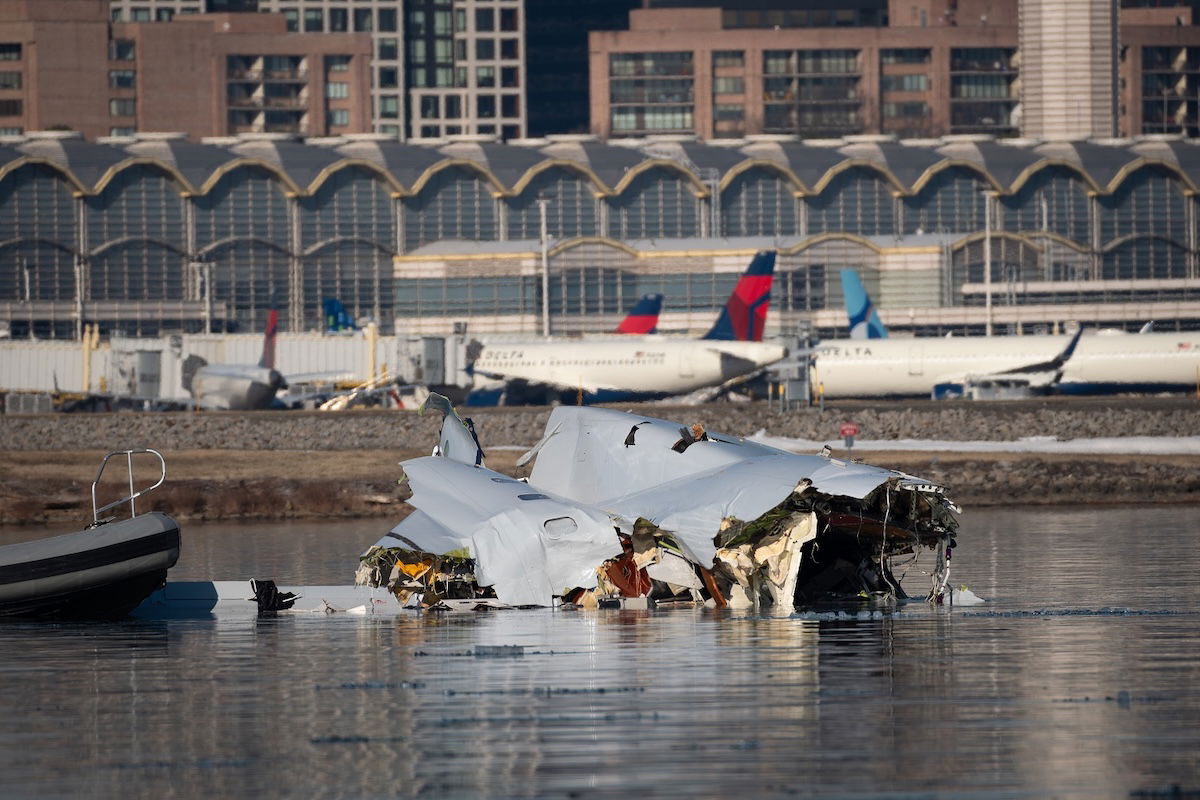
Bottom line
While it’ll likely be some time before the NTSB publishes its report, we’re getting a clearer picture of what transpired near DCA on the night of January 29, 2025, in a tragedy that claimed the lives of 67 people.
It’s clear that something wasn’t right in the flight deck of that helicopter, between the Captain and Warrant Officer seemingly having different altitude readings without addressing that (despite the importance of exact altitude in this airspace), and the Warrant Officer suggesting a left turn, but the Captain just proceeding on course.
As usual, the factors that contributed to this accident go way beyond that, and they really reflect the stress our aviation system is under, particularly at DCA, where airspace is more congested than it should be. So many things had to go wrong for this to become such a tragedy. We can at least hope that some material changes come from this, and that this makes aviation safer in the long run.
What do you make of this report on the DCA accident?
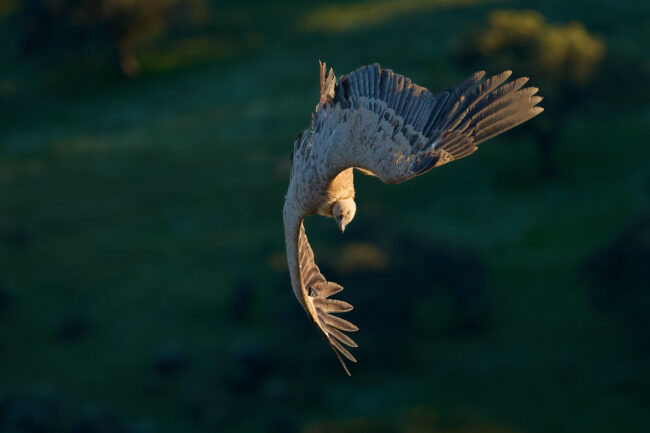



































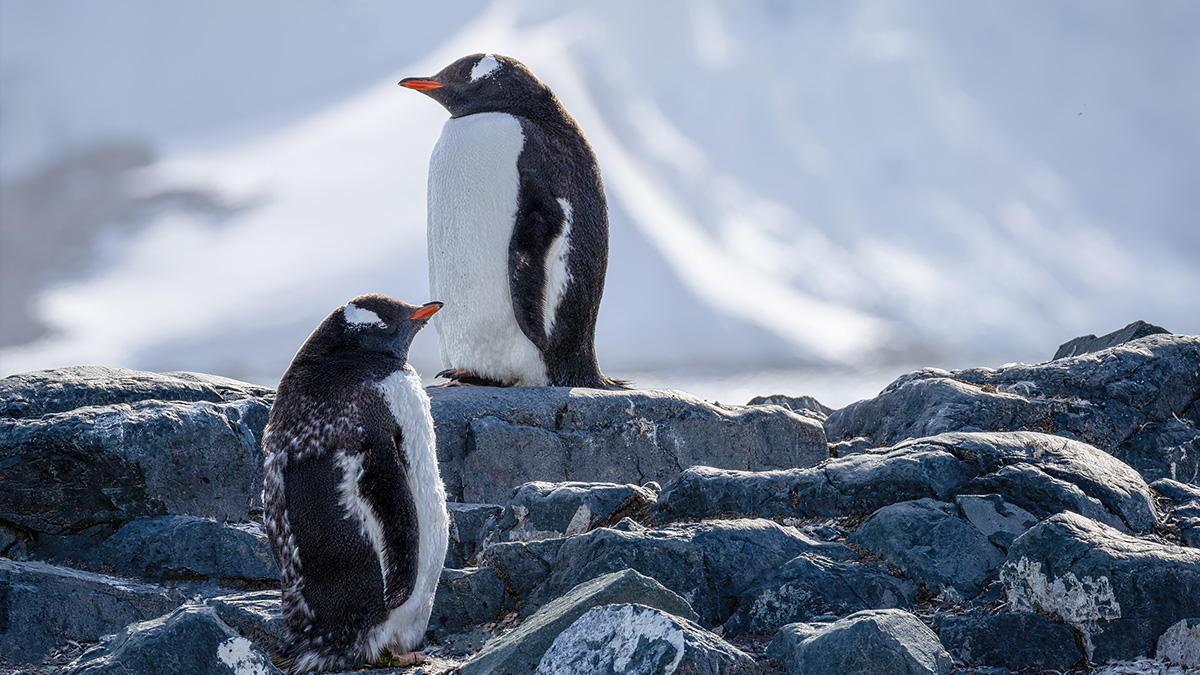


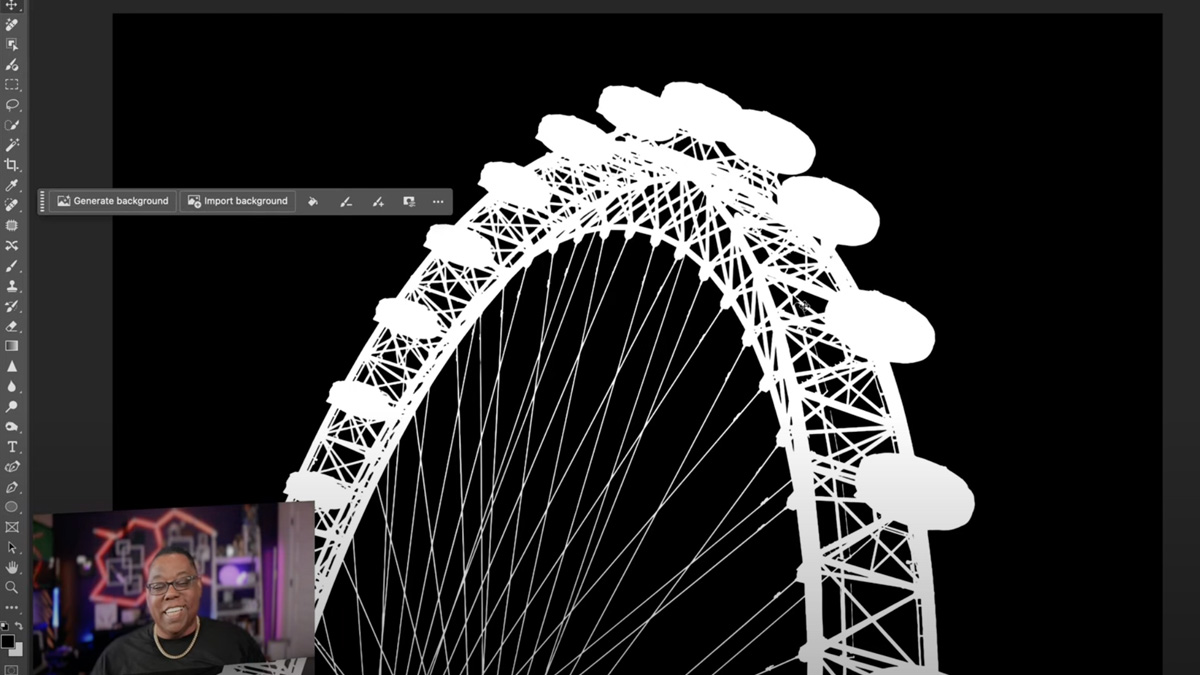

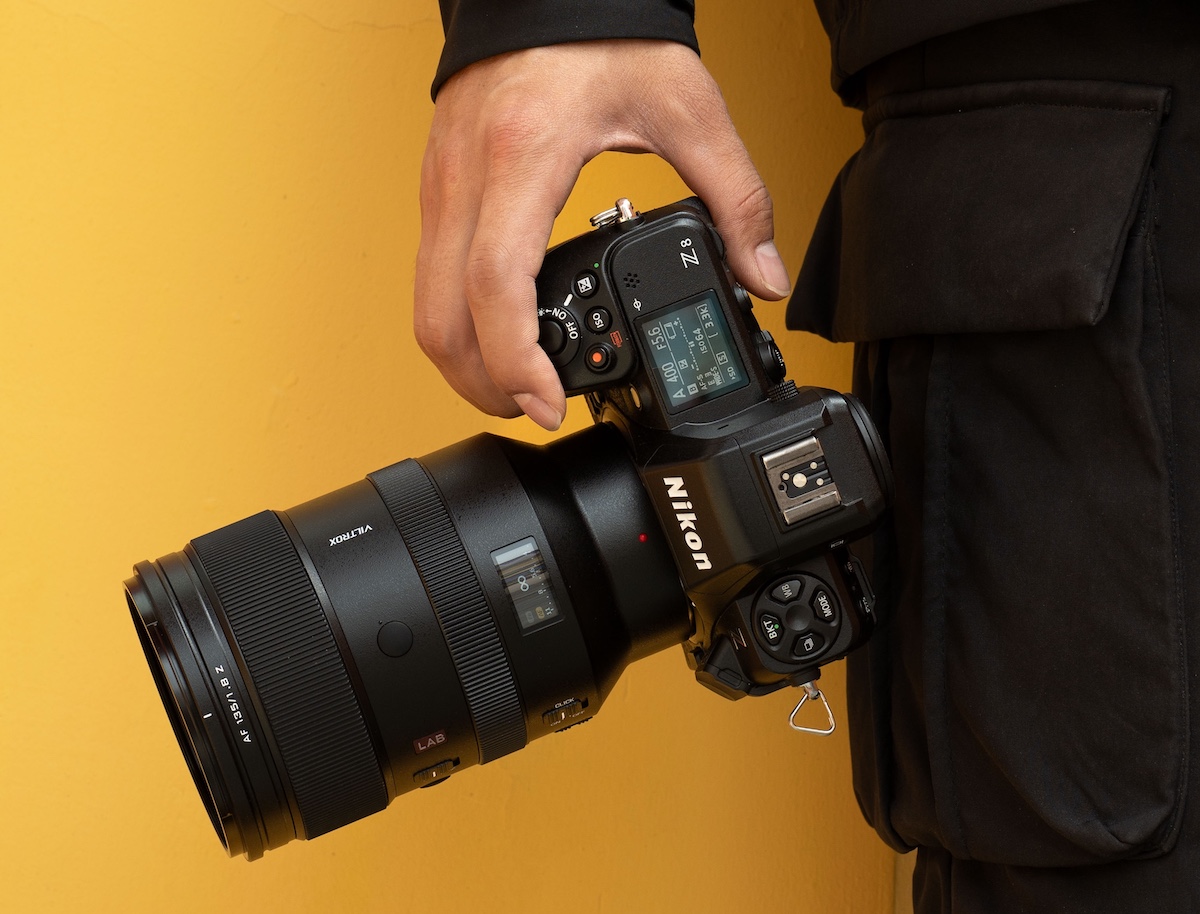





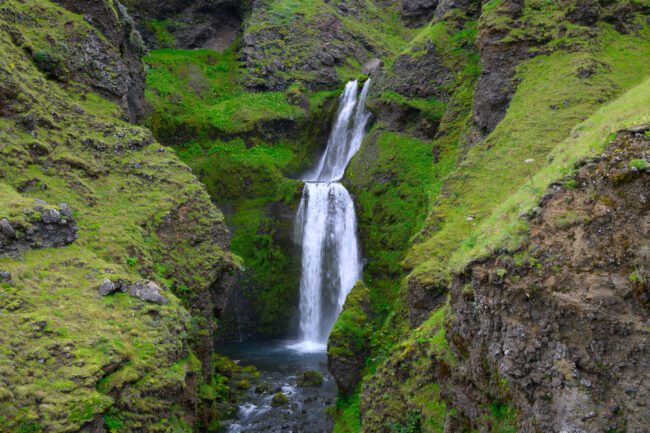




-RTAガチ勢がSwitch2体験会でゼルダのラスボスを撃破して世界初のEDを流してしまう...【ゼルダの伝説ブレスオブザワイルドSwitch2-Edition】-00-06-05.png?width=1920&height=1920&fit=bounds&quality=70&format=jpg&auto=webp#)
![Ultimate Blue Lock: Rivals Flow Guide and Tier List [NEL Bachira] – All Flows & Their Buffs](https://www.destructoid.com/wp-content/uploads/2025/03/flow-tier-list-and-guide-blue-lock-rivals.png?quality=75)




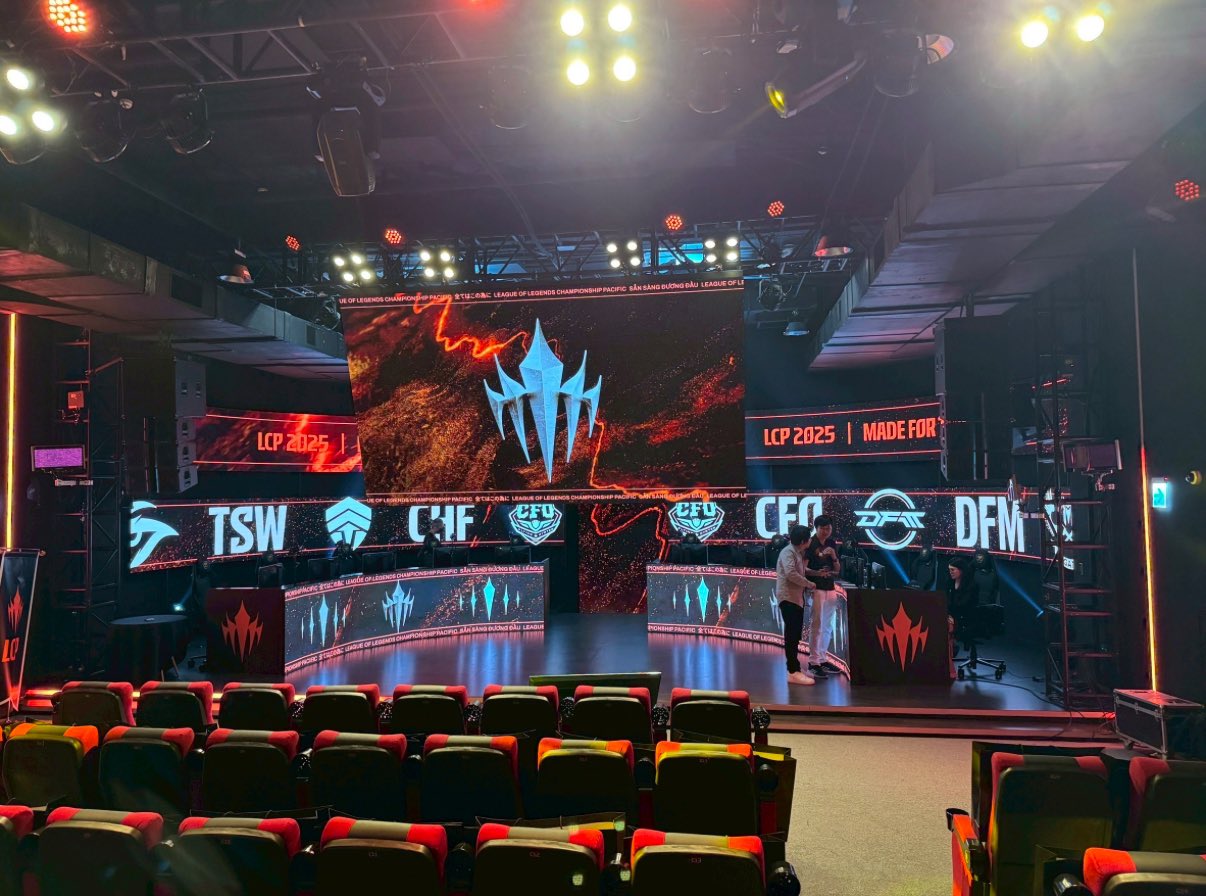

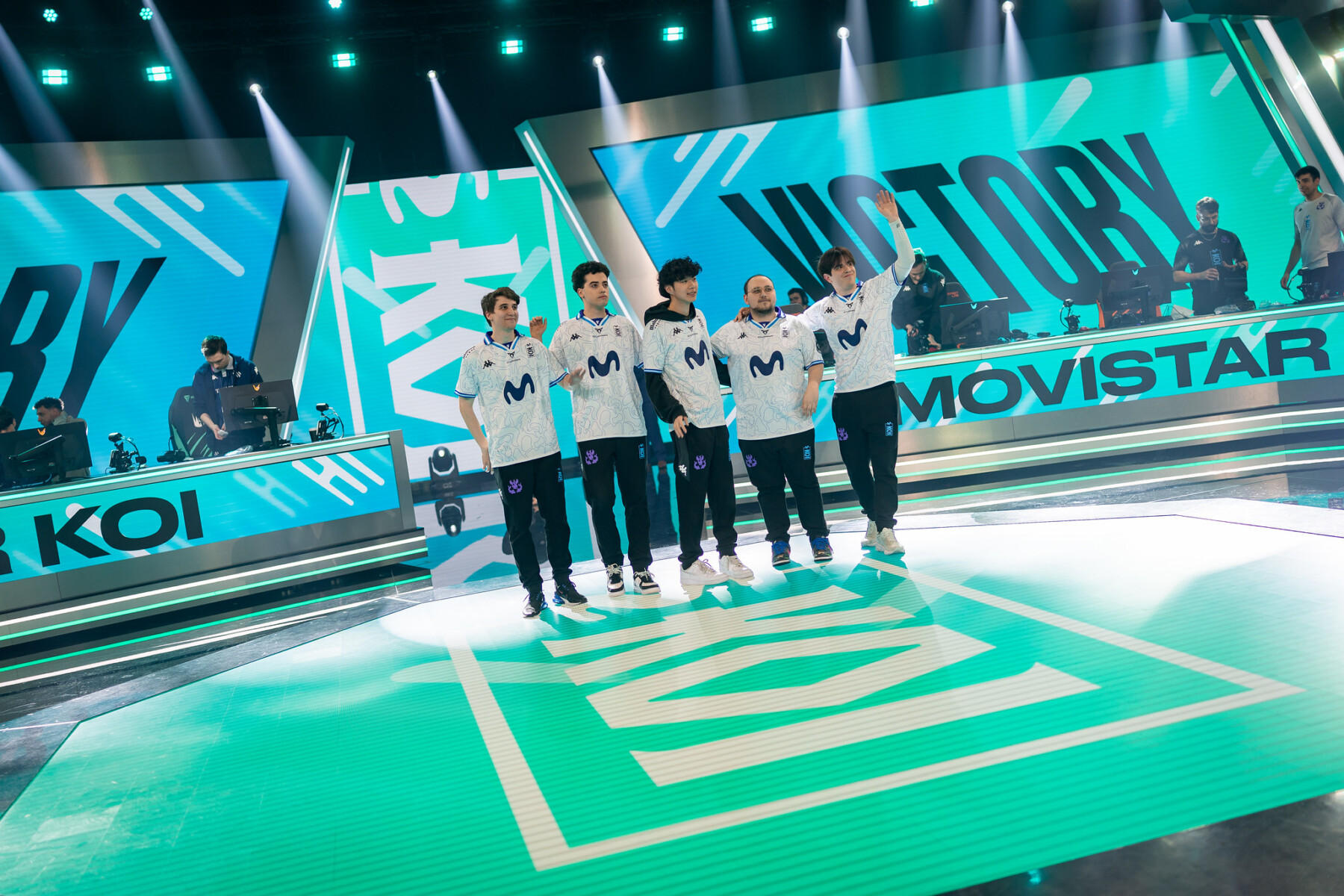










































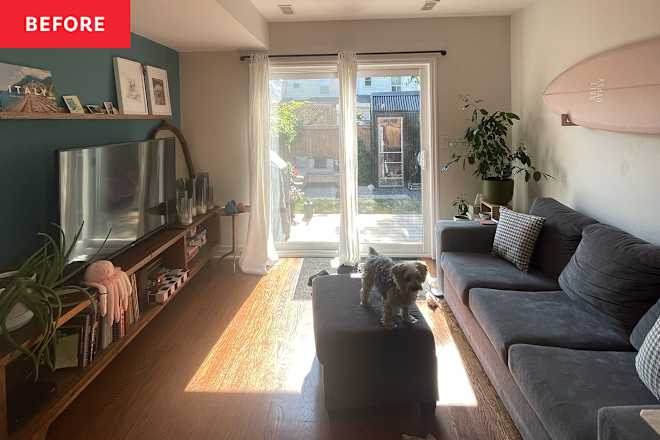


































/33901f8b-dab8-4ac5-8d01-7bf897aa6a96--2015-0122_chocolate-dump-it-cake_james-ransom_008.jpg?#)













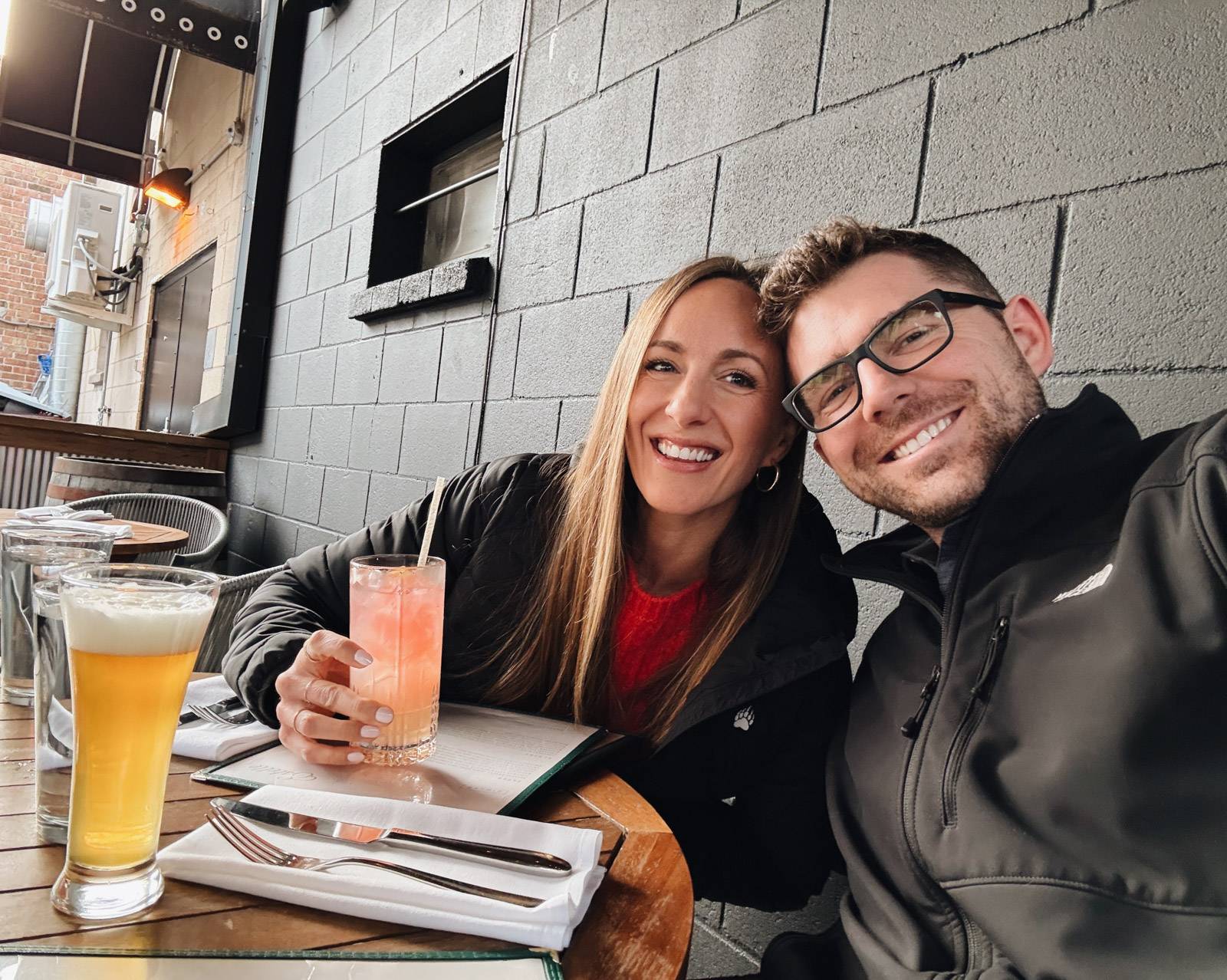
















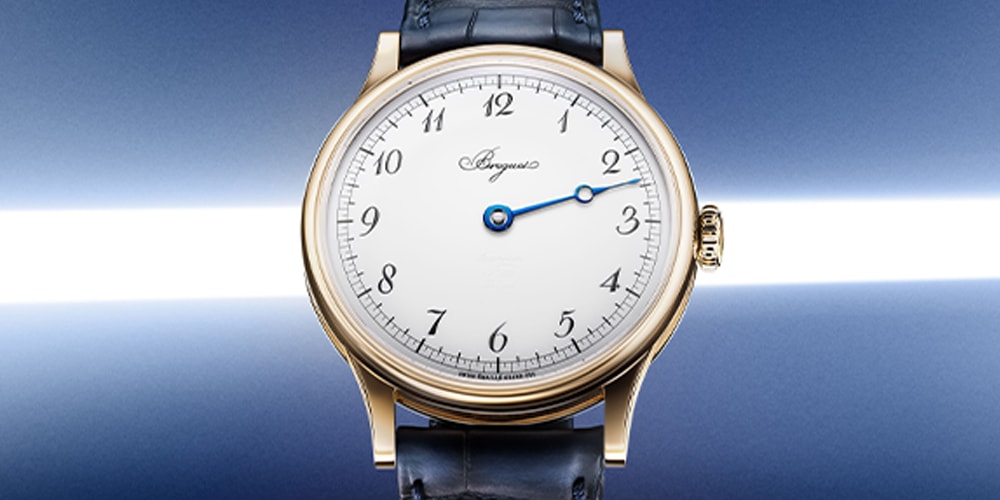







.jpg)
.jpg)




